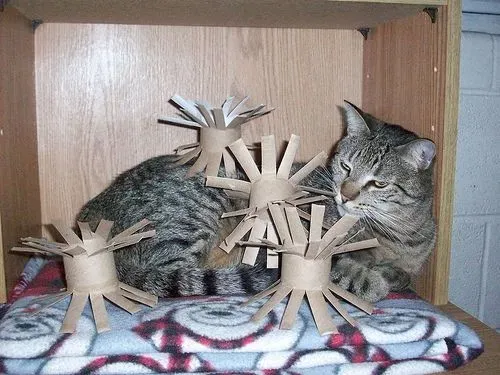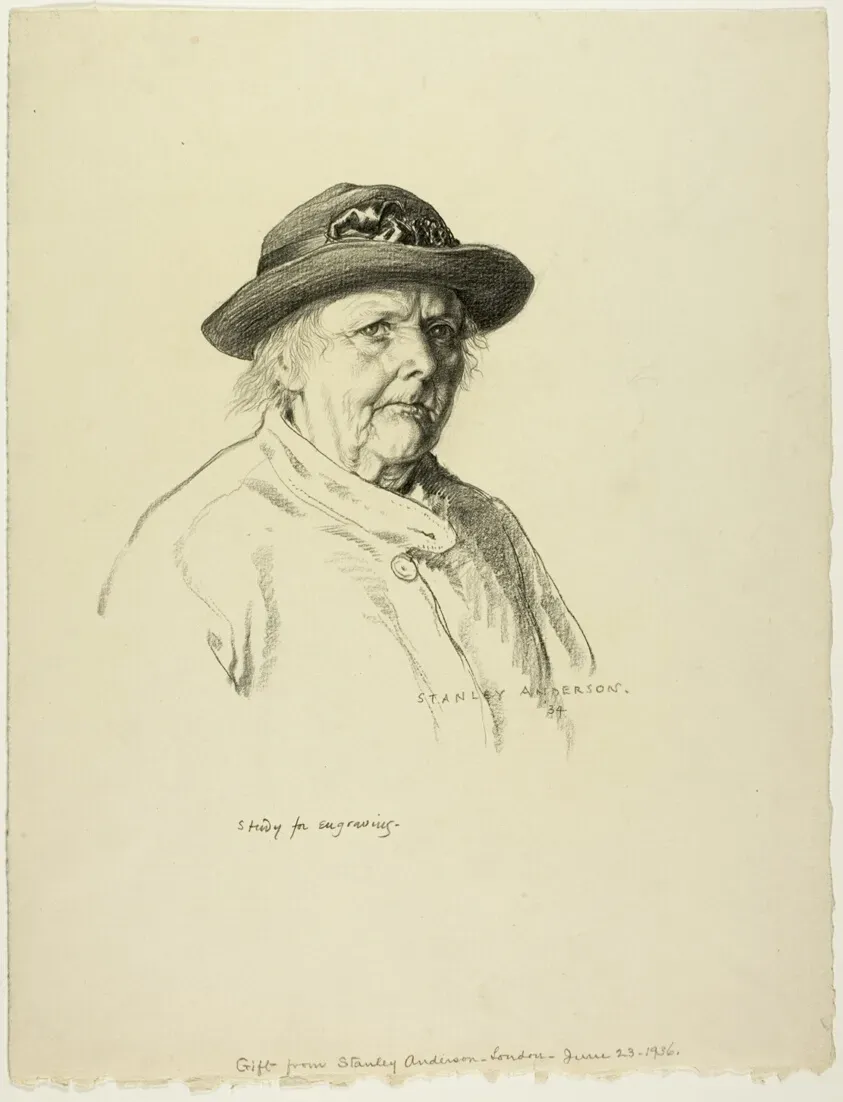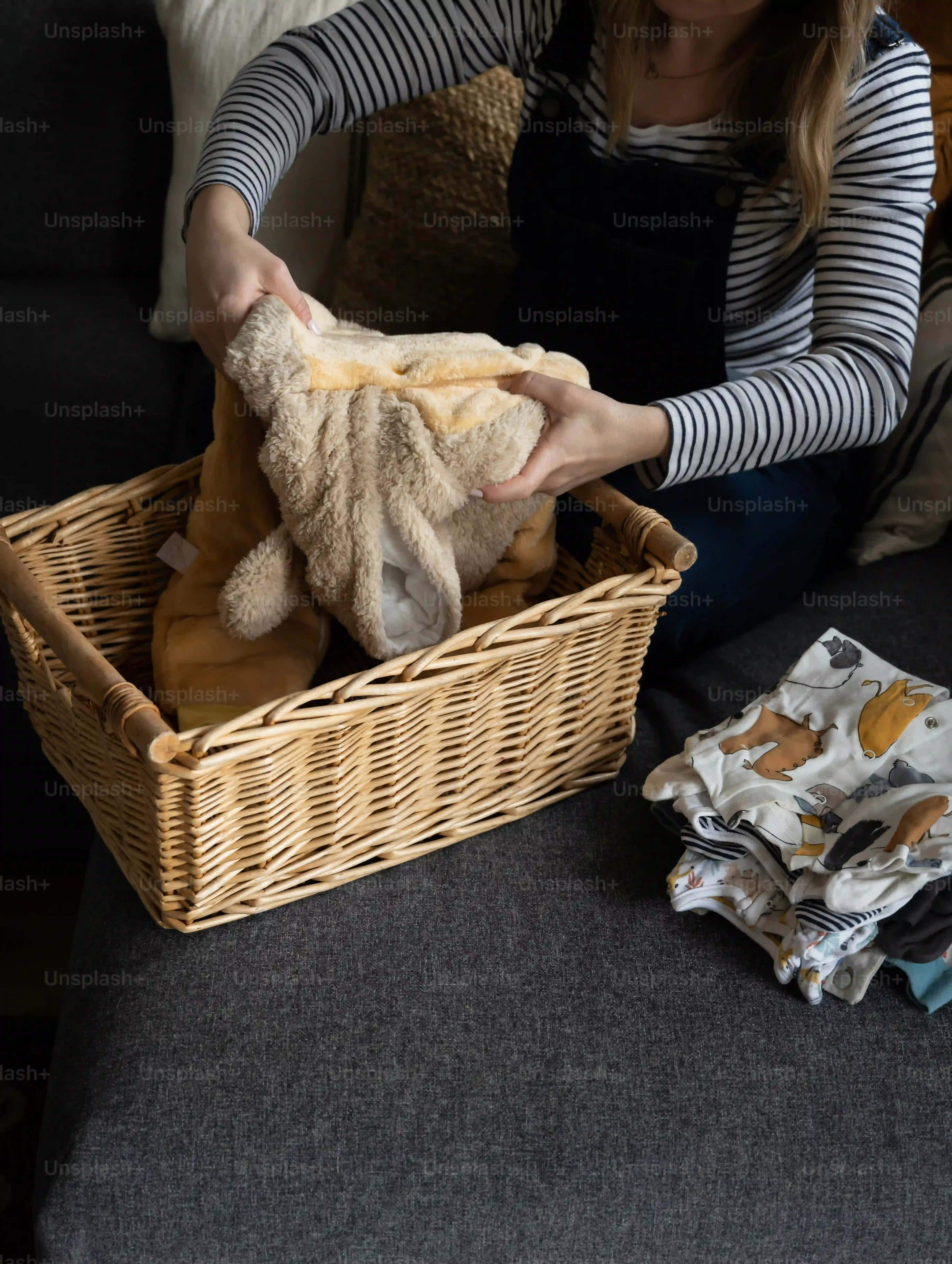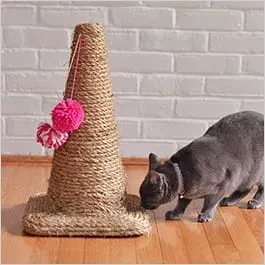Table of Contents
Picture a cat, curled up alone in a cage. It’s a common sight in animal shelters, and while staff do their best, these cats often lack the stimulation and comfort they desperately need. Boredom and stress are real issues for shelter animals. That’s where you come in. Making homemade cat toys for shelters is a surprisingly simple, impactful way to brighten a feline's day and help them de-stress while they wait for a forever home. These aren't just fluff; simple toys can provide crucial mental and physical exercise, making cats more adoptable. If you’ve got some basic supplies lying around and a little time, you can make a tangible difference. We'll walk through why these toys matter, what materials are safe, easy projects you can tackle, and how to get your creations into the paws that need them most. Forget complicated crafts; we're talking practical help.
Why Shelter Cats Need Homemade Toys
Life in a Cage Isn't Exactly a Thrill Ride
Imagine your world shrinking to a small box. That’s the reality for many cats in shelters. They spend hours, days, sometimes weeks or months confined. While dedicated staff and volunteers provide basics like food, water, and clean litter, the environment is inherently stressful. New sights, sounds, and smells constantly bombard them. Other animals are nearby, often noisy or intimidating. Without outlets for their natural behaviors – hunting, stalking, pouncing, climbing – boredom sets in fast. This isn't just sad; it leads to real problems. A bored cat is a stressed cat, and stress can manifest in a lot of unpleasant ways.
Play is More Than Just Fun; It's Therapy
For a shelter cat, a simple toy isn't just something to bat around. It's a lifeline. Playing helps them burn off nervous energy and reduces anxiety. Think of it as their version of hitting the gym or meditating after a rough day. Engaging with a toy allows them to act out their predatory instincts safely, which is incredibly satisfying for them. It can also help improve their behavior, making them more relaxed and outgoing when potential adopters visit. A cat batting playfully at a string or chasing a crinkle ball looks a lot more appealing than one hiding in the back of their kennel, scared or shut down. This is why homemade cat toys for shelters are so valuable.
Here's what play does for shelter cats:
- Reduces stress and anxiety
- Provides mental stimulation
- Encourages physical activity
- Improves mood and confidence
- Helps showcase their personality to potential adopters
Homemade Means Tailored Care
Sure, shelters get donations of store-bought toys, but they can be expensive, and shelters often need a high volume. Homemade cat toys for shelters offer a cost-effective way to keep a fresh supply coming. More importantly, they can be designed with simplicity and safety in mind, often using materials readily available or donated. A simple fabric mouse or a toilet paper roll filled with treats can be just as engaging, sometimes even more so, than a fancy store-bought gadget. Plus, the act of creating them is something anyone can do to directly contribute to the well-being of these cats.
What Makes Safe Homemade Cat Toys for Shelters?

What Makes Safe Homemade Cat Toys for Shelters?
Safety First: Avoiding Shelter Cat Hazards
Alright, so you're ready to whip up some fun for the shelter kitties. That's awesome. But before you start cutting up old socks and tying knots, let's talk safety. Making homemade cat toys for shelters isn't just about being creative; it's about being careful. Shelter cats, especially stressed ones, might chew or ingest parts of toys. What seems innocent to us can be a choking hazard or cause internal blockage. Think about it: tiny plastic eyes, loose strings, small bells, or anything that can easily break off are absolute no-gos. We're aiming for enrichment, not an emergency vet visit.
When choosing materials for homemade cat toys for shelters, prioritize durability and non-toxicity. Avoid anything with small parts that can be chewed off and swallowed. This includes things like:
- Buttons or beads
- Googly eyes
- Feathers (unless very securely attached)
- Long, thin strings or yarn (can cause intestinal issues if swallowed)
- Small bells
- Anything made with toxic glue or paint
Simple DIY Homemade Cat Toys for Shelters

Simple DIY Homemade Cat Toys for Shelters
so you're convinced shelter cats need playtime and you know what *not* to use. Great. Now for the fun part: making the actual toys. Creating Simple DIY Homemade Cat Toys for Shelters doesn't require a workshop or advanced crafting degrees. We're talking about projects you can often finish in minutes using stuff you might already have tucked away in a closet or recycling bin. Think simple shapes, secure construction, and materials that are safe if chewed on a bit. A plain fabric mouse, a crinkle ball made from newspaper and cloth, or even just a cardboard tube – these are gold to a bored kitty.
Gathering Materials for Homemade Cat Toys for Shelters

Gathering Materials for Homemade Cat Toys for Shelters
Raid Your Recycling Bin and Linen Closet
so you're ready to make some simple DIY homemade cat toys for shelters. Fantastic. Forget expensive craft store hauls. The beauty of making these toys is that you likely have half the stuff you need just sitting around your house, probably destined for the trash or the back of a cupboard. We're talking about giving new life to old things. Think about those single socks that lost their mate, scraps of fabric from past projects, empty toilet paper rolls, or even just plain old paper bags. These seemingly useless items are pure gold when it comes to entertaining a shelter cat. It’s about seeing potential where others see clutter.
Safe and Sound: What to Look For
When you're Gathering Materials for Homemade Cat Toys for Shelters, safety is the absolute priority. Not all household items are created equal in the eyes of a cat with a penchant for chewing or swallowing. Stick to natural fibers like cotton or felt. Cardboard is generally safe, as long as it's not coated in plastic or ink that could be toxic. Paper is fine too, especially plain newsprint or packing paper that makes that irresistible crinkling sound. Avoid anything synthetic that shreds easily into fine fibers or anything treated with harsh chemicals or strong perfumes. Remember, these toys are going to cats who might be stressed and looking for something to chew on.
Here’s a quick list of go-to safe materials:
- Old cotton t-shirts or sheets (washed, of course)
- Felt scraps
- Empty toilet paper or paper towel rolls
- Plain cardboard boxes
- Unused or clean fabric scraps (natural fibers best)
- Plain paper bags
- Wine corks (check they aren't synthetic)
Where to Source and What to Check
Beyond your own home, you can often find great materials for homemade cat toys for shelters from friends, family, or even local fabric stores that might have scrap bins. Thrift stores can also be a treasure trove for inexpensive, washable cotton items. Before using any material, especially if it's repurposed, give it a good wash. You want to remove any lingering scents, dirt, or residues that could be harmful or off-putting to a sensitive feline nose. Inspect everything for small bits that could come loose. A loose thread on a fabric scrap or a tiny piece of cardboard peeling off a tube needs to be dealt with *before* it becomes a problem for a cat. Think like a cat: if you could chew it off and swallow it, it's probably not safe.
Donating Your Homemade Cat Toys to Shelters

Donating Your Homemade Cat Toys to Shelters
Reaching Out First is Key
So you’ve got a box full of awesome homemade cat toys, crafted with care and ready to bring some joy. That's fantastic! But before you just show up at the shelter door, pause for a second. Shelters, bless their hearts, are busy places. They often have specific needs, storage limitations, and protocols for receiving donations. The first step in Donating Your Homemade Cat Toys to Shelters is always, always to contact them beforehand. A quick phone call or email can save you a wasted trip and ensures your thoughtful donation can be accepted and used effectively. Ask them about their current needs – maybe they're swimming in fabric mice but desperately need crinkle balls. Find out their preferred drop-off times or procedures. They might even have specific guidelines on materials they accept or toy designs they prefer.
Packaging Your Precious Cargo
you've talked to the shelter, you know they need toys, and you've got the green light. Now, how do you get your creations to them? Donating Your Homemade Cat Toys to Shelters involves a little bit of organization. Package the toys neatly in clear bags or boxes. This helps the shelter staff see exactly what you've made without having to dig through everything, and it keeps the toys clean until they're ready to be distributed. Avoid using bags that held food or had strong scents. A simple label on the box or bag is also incredibly helpful. Note what's inside (e.g., "Fabric mice, 25 count," "Crinkle balls") and maybe include your name and contact info in case they want to thank you or have questions. Think of it like presenting your work – present it clearly and cleanly so they can easily appreciate and use it.
Here's a quick checklist for packaging:
- Use clear bags or boxes.
- Ensure packaging is clean and scent-free.
- Group similar toys together.
- Label the package clearly with contents.
- Include your name/contact info (optional but nice).
Making the Drop-Off Smoothly
You've made the toys, you've contacted the shelter, you've packaged everything up nicely. The final step in Donating Your Homemade Cat Toys to Shelters is the actual drop-off. Stick to the time frame the shelter gave you. Shelter staff are juggling a million things – feeding, cleaning, medicating, adoptions – so showing up unannounced or outside their designated donation hours can add unnecessary stress to their day. When you arrive, follow their instructions for where to leave the donation. It might be a specific bin, or you might need to hand it to a staff member. Don't expect a parade or a lengthy personal thank you – their priority is the animals. A simple "Here are the toys I made, thanks for everything you do!" is usually sufficient. Knowing your creations will soon be entertaining a feline friend is the real reward anyway.
A Small Toy, A Big Difference
So, you've seen how a few scraps of fabric or cardboard can transform into something meaningful for a cat waiting in a shelter. Making homemade cat toys for shelters isn't rocket science; it's a practical way to offer comfort and stimulation where it's needed most. These simple creations do more than just entertain; they help reduce stress, encourage play, and make a cat's personality shine, potentially speeding up their journey to a loving home. Don't underestimate the power of a well-placed jingle ball or a crinkle-filled sock. Your effort, no matter how small it feels, lands directly in the paws of a cat who could really use a little extra joy in their day.